In the mysterious world of reptilian behavior, snakes have long captivated scientists and nature enthusiasts alike with their predatory prowess. While we often focus on their successful hunts—the lightning-fast strikes, the powerful constriction, the seemingly effortless swallowing of prey whole—less attention has been paid to what happens when hunts go wrong. Do snakes, with their relatively simple brains compared to mammals, have the cognitive capacity to learn from their failures? Can a missed strike or an escaped rodent become a valuable lesson for future hunting attempts? This article explores the fascinating question of whether snakes possess the ability to learn from unsuccessful predation events and how such learning might manifest in their behavior in the wild. Understanding these cognitive capabilities not only sheds light on snake behavior but also contributes to our broader knowledge of learning mechanisms across the animal kingdom.
The Basics of Snake Cognition

Snake brains are structured differently from mammalian brains, lacking the neocortex that mammals use for higher cognitive functions. Nevertheless, snakes possess well-developed brain regions associated with sensory processing, especially for visual, chemical, and thermal information. The medial and dorsal cortex of reptiles, including snakes, is considered roughly analogous to parts of the mammalian hippocampus, an area crucial for learning and memory. Despite their seemingly simple neural architecture, snakes exhibit complex behaviors that suggest cognitive capabilities beyond mere instinct. Studies in controlled environments have demonstrated that snakes can indeed form memories and adjust their behaviors based on experience, suggesting that wild snakes might similarly learn from hunting failures. This cognitive flexibility, while different from mammalian learning, enables snakes to survive in diverse and challenging environments.
Types of Learning in Reptiles
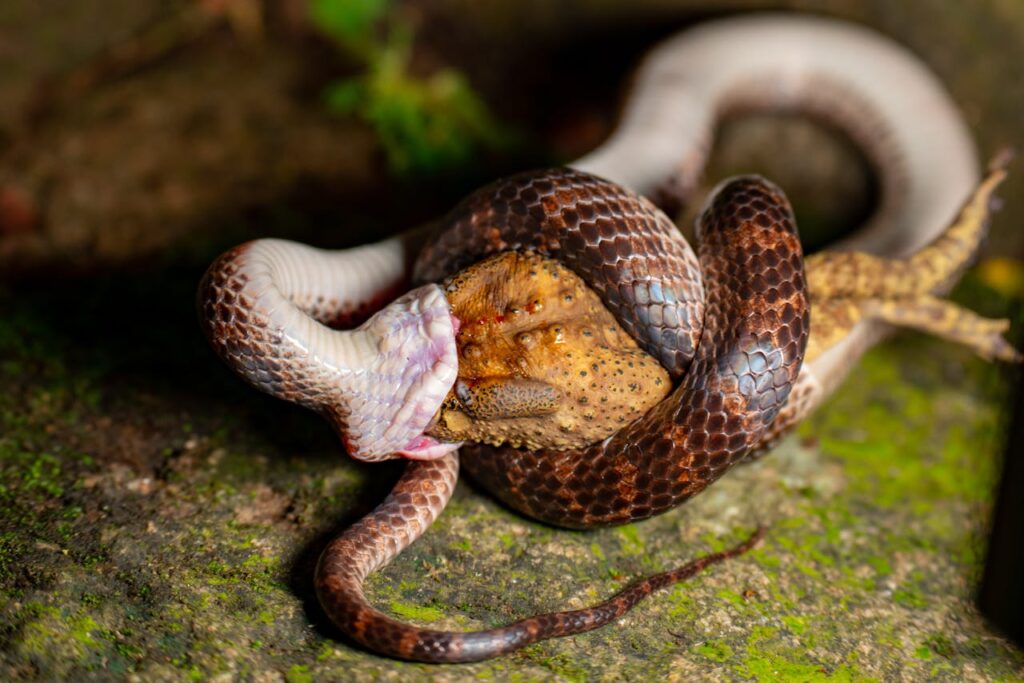
Reptiles, including snakes, demonstrate several forms of learning that could apply to hunting situations. Habituation, where animals learn to ignore non-threatening stimuli, helps snakes avoid wasting energy on non-prey items that initially triggered hunting responses. Associative learning allows snakes to connect specific stimuli with outcomes, potentially linking certain prey behaviors with escape patterns. Some species show evidence of spatial learning, remembering locations of successful hunting grounds or places where they encountered danger. Observational evidence suggests that certain snake species may even demonstrate rudimentary problem-solving abilities when faced with novel hunting challenges. While these learning mechanisms are less complex than those observed in mammals or birds, they provide sufficient cognitive tools for snakes to potentially improve their hunting efficiency over time.
Evidence from Laboratory Studies
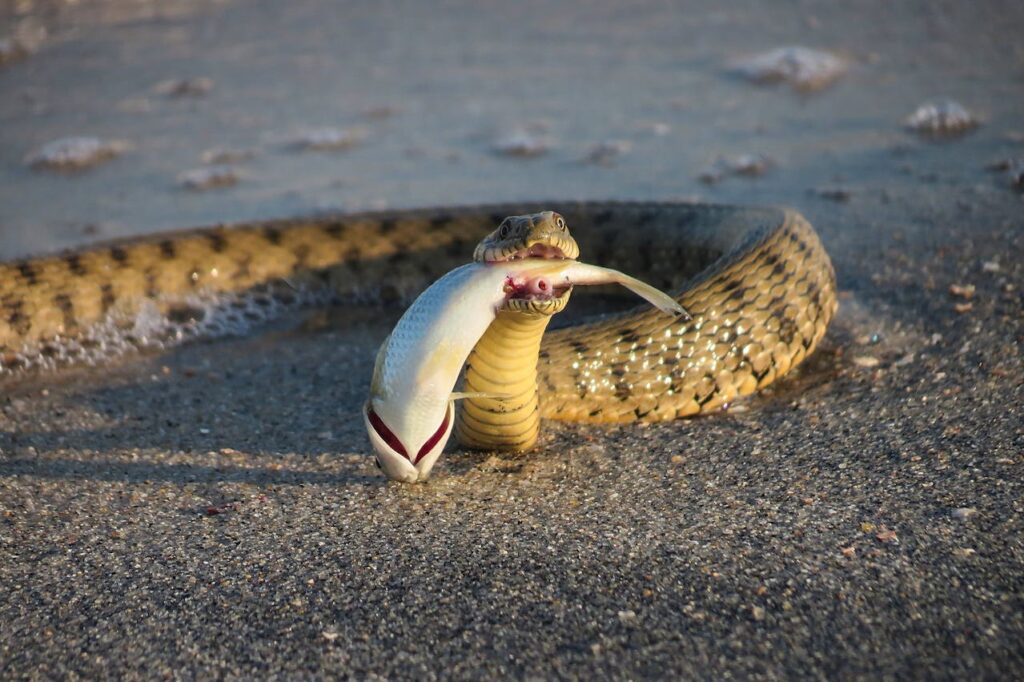
Controlled laboratory studies have provided compelling evidence for learning capabilities in various snake species. Researchers at the University of Tennessee demonstrated that corn snakes could learn to navigate simple mazes to reach prey, improving their performance over successive trials. In another significant study, rattlesnakes were shown to adjust their venom expenditure based on previous experiences with different prey types, suggesting a sophisticated form of learned response. Captive pythons have been observed modifying their striking techniques after unsuccessful attempts at capturing prey behind glass barriers. Studies with garter snakes revealed they can form conditioned responses to certain chemical cues associated with food rewards, even when those cues were initially neutral. These laboratory findings, while not perfectly replicating wild conditions, strongly suggest that snakes possess the neural machinery necessary to learn from failed hunting experiences.
Field Observations Supporting Learning
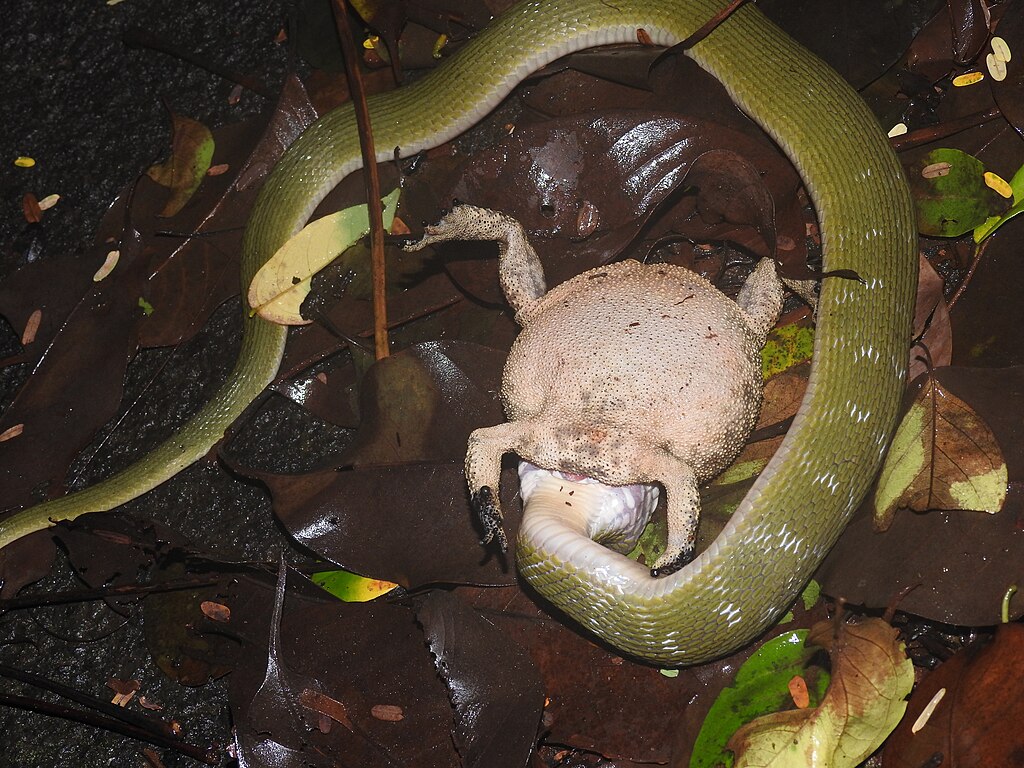
Field herpetologists have documented behaviors that strongly suggest learning from failed hunts occurs in wild snake populations. Long-term studies of timber rattlesnakes in the Appalachian Mountains noted that individual snakes appeared to improve their ambush site selection over time, choosing locations with higher prey traffic after unsuccessful waiting periods elsewhere. Researchers tracking coastal taipans in Australia observed that these highly venomous snakes would adjust their hunting strategies after missing fast-moving prey, often employing more cautious approaches in subsequent hunting attempts. Wildlife photographers have captured footage of king cobras apparently learning to modify their striking distance after initial misses when hunting agile prey like mongooses. These field observations, while challenging to quantify scientifically compared to controlled experiments, provide valuable real-world evidence that snakes can indeed learn from their hunting failures in natural settings.
Species Differences in Learning Ability

Not all snake species demonstrate equal learning capabilities, with significant variations observed across different families and ecological niches. Advanced hunters like vipers and elapids (cobras, mambas) generally show more sophisticated learning abilities than more primitive constrictors, likely due to the complex demands of venom delivery systems. Arboreal species that hunt in three-dimensional environments typically display greater spatial learning than ground-dwelling snakes, reflecting their need to navigate complex canopy structures. Actively foraging species such as rat snakes often demonstrate more flexible hunting behaviors than ambush predators, though the latter show remarkable specialization in learning optimal ambush locations. These species differences highlight how evolutionary pressures have shaped varying cognitive toolkits across snake lineages, with each developing learning abilities most suited to their specific hunting strategies and ecological contexts.
Improving Strike Accuracy Through Experience
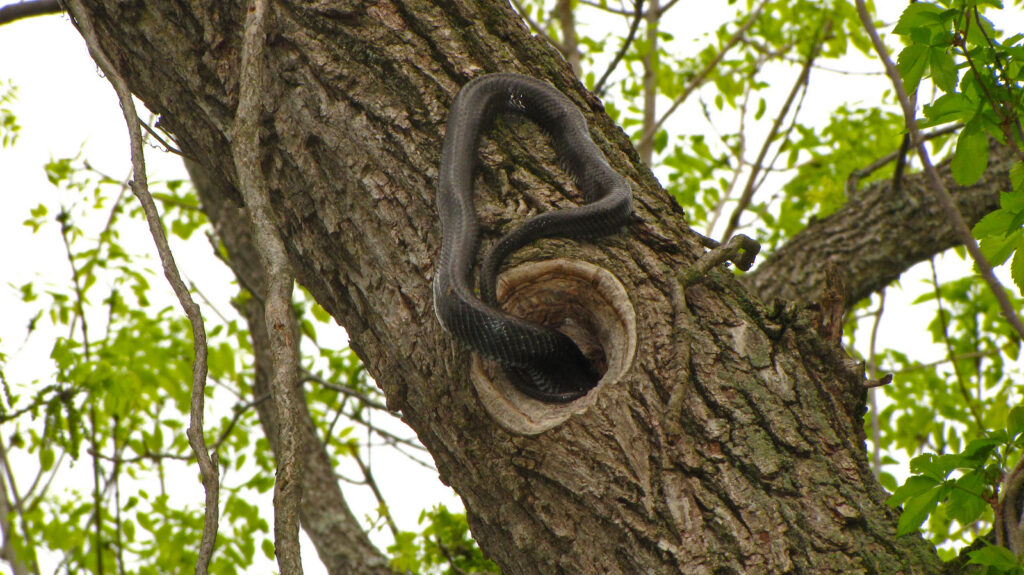
One of the most obvious ways snakes might learn from failed hunts is by improving their strike accuracy over time. Young snakes often miss their targets more frequently than adults of the same species, suggesting a learning curve for this critical skill. High-speed video analysis reveals that experienced pit vipers adjust their strike trajectory based on subtle prey movements that inexperienced snakes might miss. Field researchers have noted that individual rat snakes appear to become more successful at capturing birds from nests after previous failed attempts, suggesting refined striking techniques. This improvement likely stems from the snake’s ability to build internal models of prey movement patterns and escape behaviors, allowing them to anticipate and counteract evasive maneuvers. The dramatic metabolic cost of missed strikes—which require significant energy expenditure with no nutritional return—creates strong selective pressure for this type of learning.
Learning Optimal Hunting Times and Locations
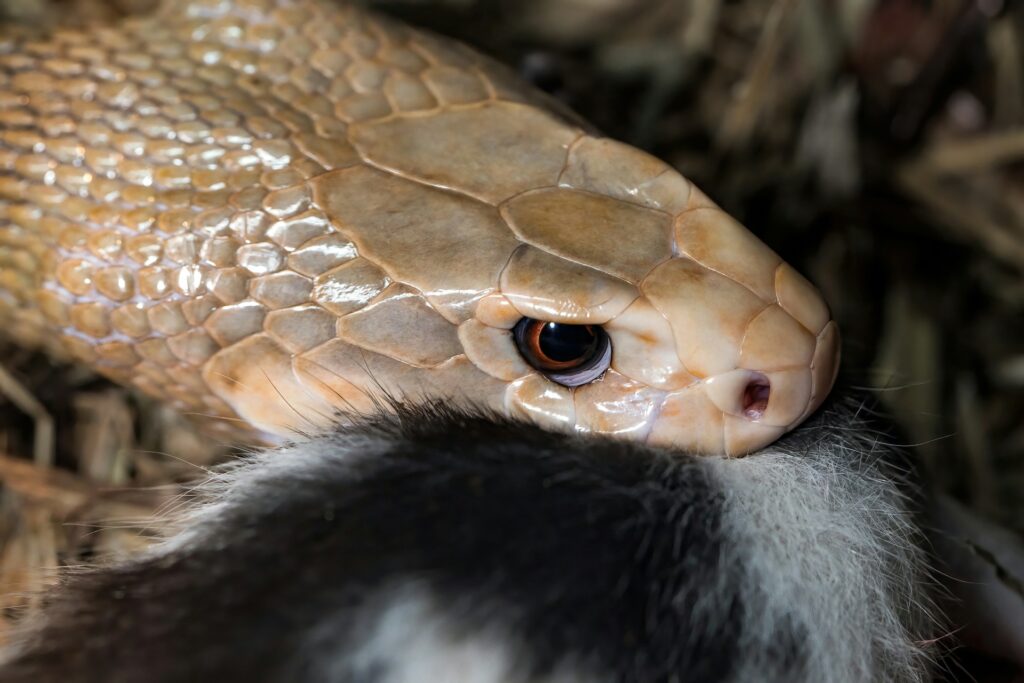
Wild snakes appear capable of learning temporal and spatial patterns related to hunting success or failure. Radio-tracking studies of copperheads revealed that individuals would abandon hunting sites after multiple unsuccessful attempts, suggesting they learned to associate those locations with hunting failure. Researchers studying water snakes observed that they would adjust their hunting schedules, apparently learning the peak activity times of their fish prey through trial and error. Desert-dwelling sidewinders have been documented returning to successful ambush sites while avoiding areas where prey repeatedly escaped, demonstrating spatial memory related to hunting outcomes. Even more impressively, some regularly feeding snake species appear to develop time-place associations, becoming more active and hunt-oriented at times when prey has been available in the past. These observations indicate that snakes can form complex associations between hunting outcomes and environmental variables including location, time, and possibly even weather conditions.
Modifying Prey Selection After Failures
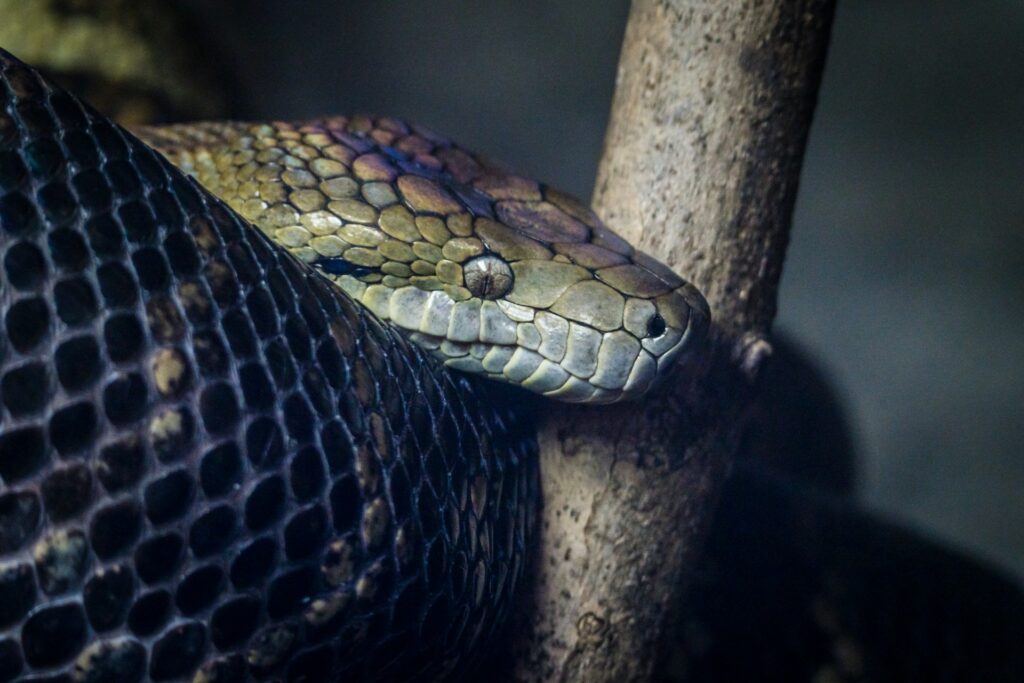
Failed hunting attempts may teach snakes to be more selective about which prey they target. Juvenile black racers have been observed initially attempting to capture prey too large for them to handle, but gradually learning to focus on more appropriately sized targets after unsuccessful encounters. Garter snakes living near water sources with both fish and amphibians appear to shift their prey preference after experiencing difficulties with one prey type, suggesting adaptive learning. Coral snakes, which typically target other reptiles, have been documented abandoning pursuit of certain skink species that consistently employ effective escape tactics. This type of learning is particularly important for snake species that encounter diverse potential prey, allowing them to focus their hunting efforts on targets with the highest success probability. The ability to modify prey selection based on past failures represents a sophisticated form of decision-making that enhances overall foraging efficiency.
Adapting to Prey Defensive Strategies
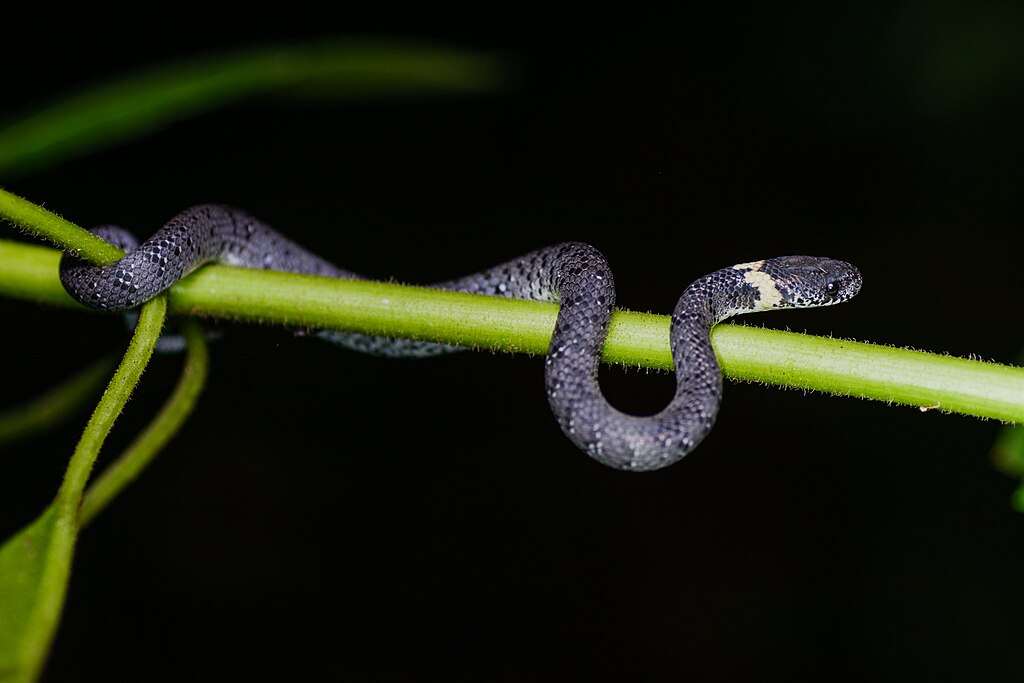
Many prey species have evolved specific defensive mechanisms against snake predation, creating an evolutionary arms race that may drive learning behaviors in snakes. Rattlesnakes hunting squirrels must contend with tail-flagging and substrate-heating behaviors designed to confuse their heat-sensing pits, and evidence suggests experienced snakes develop counter-strategies through repeated encounters. Some kingsnakes appear to learn specific approaches for dealing with the defensive ball-forming behavior of certain lizard species after initial failed capture attempts. Hognose snakes that regularly encounter toads with noxious skin secretions develop specialized handling techniques that minimize contact with these defensive chemicals through what appears to be learned behavior. These adaptations to prey defenses rarely manifest in naive snakes but develop through experience, strongly suggesting that failed hunts serve as important learning opportunities in the predator-prey dynamic.
The Role of Memory in Snake Hunting
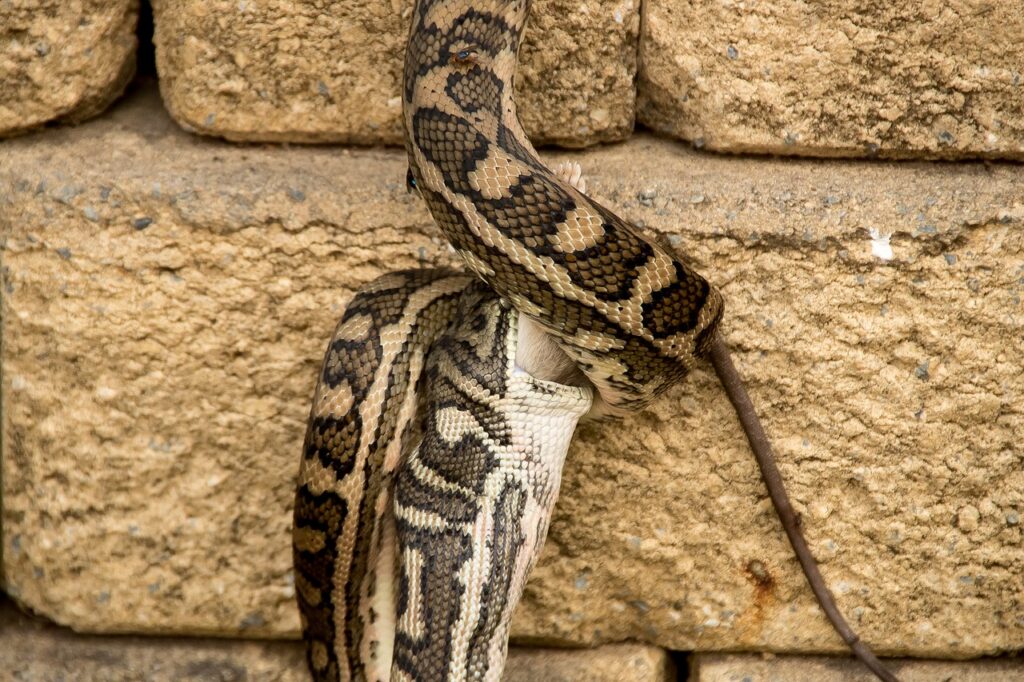
Memory systems play a crucial role in a snake’s ability to learn from failed hunts, with several types of memory potentially involved. Spatial memory allows snakes to remember locations, where prey was encountered but escaped, with studies showing some species, can retain spatial information for weeks or even months. Procedural memory enables snakes to refine complex motor patterns involved in striking, constricting, or venom delivery based on previous outcomes. Recognition memory helps snakes distinguish between prey types that have previously escaped and those that have been successfully captured. Research into snake memory systems reveals surprising durability, with some species demonstrating retention of learned associations for over a year in controlled conditions. These memory capabilities, while not as extensive as those found in mammals, provide sufficient cognitive infrastructure for meaningful learning from hunting failures in the wild.
Neural Mechanisms Behind Hunting Adaptation
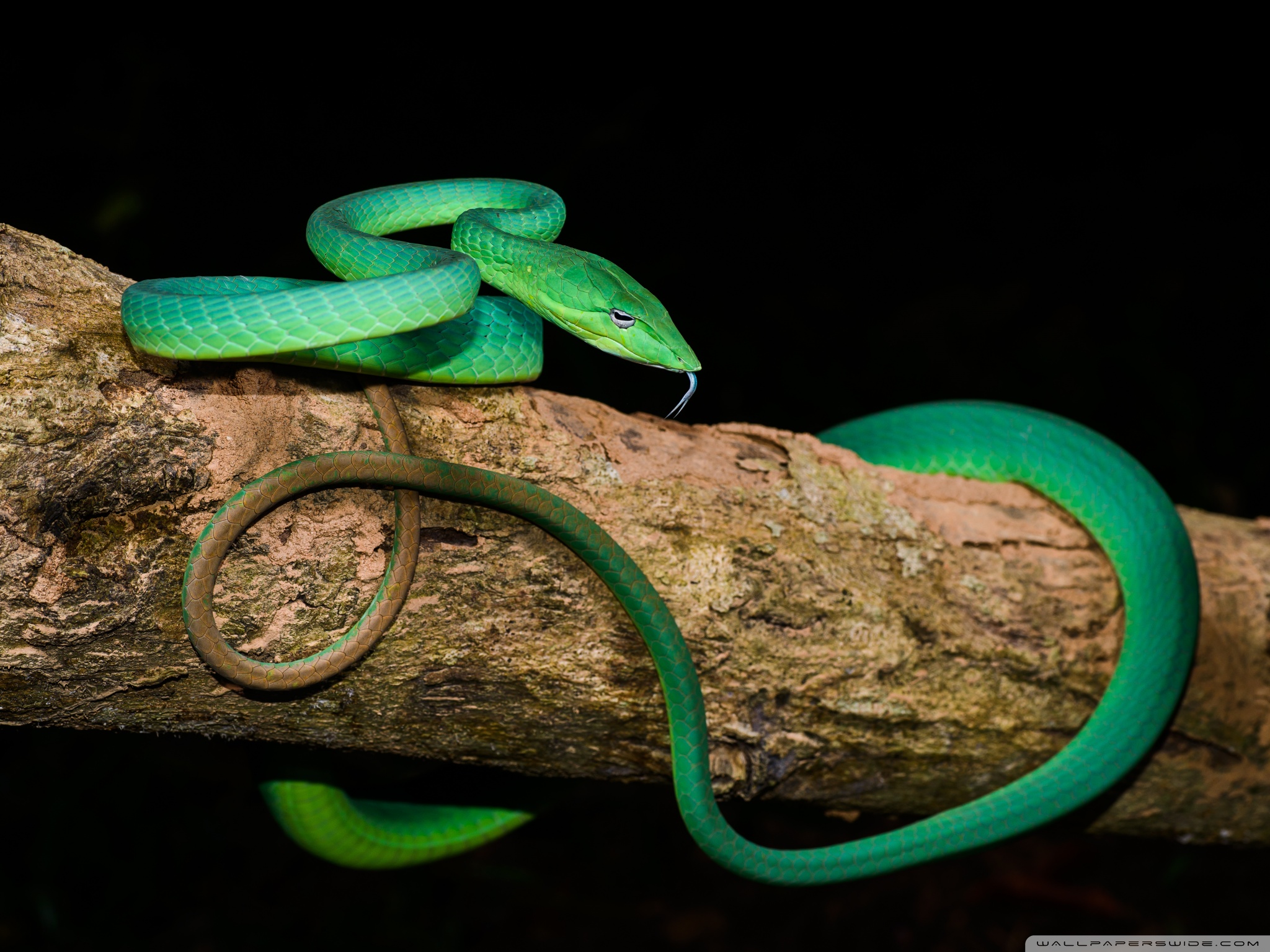
Recent advances in reptile neuroscience have begun to uncover the brain mechanisms that allow snakes to learn from failed hunts. The medial cortex of the snake brain shows increased activity during and after hunting events, suggesting this region processes and stores information about hunting outcomes. Neurochemical studies reveal that dopamine pathways, which are associated with reward learning in all vertebrates, activate differently in snakes after successful versus unsuccessful predation attempts. The optic tectum, which integrates visual information, shows plasticity in response to repeated visual stimuli, potentially allowing snakes to better recognize and track prey that has previously escaped. Researchers using non-invasive imaging techniques have observed that the amygdala-like structures in snake brains, which process emotional responses, remain active longer after failed hunts than successful ones, possibly creating stronger memory formation for negative outcomes. These neural mechanisms, while structured differently from mammalian brains, provide the necessary hardware for experience-based hunting improvements.
Conservation Implications of Snake Learning
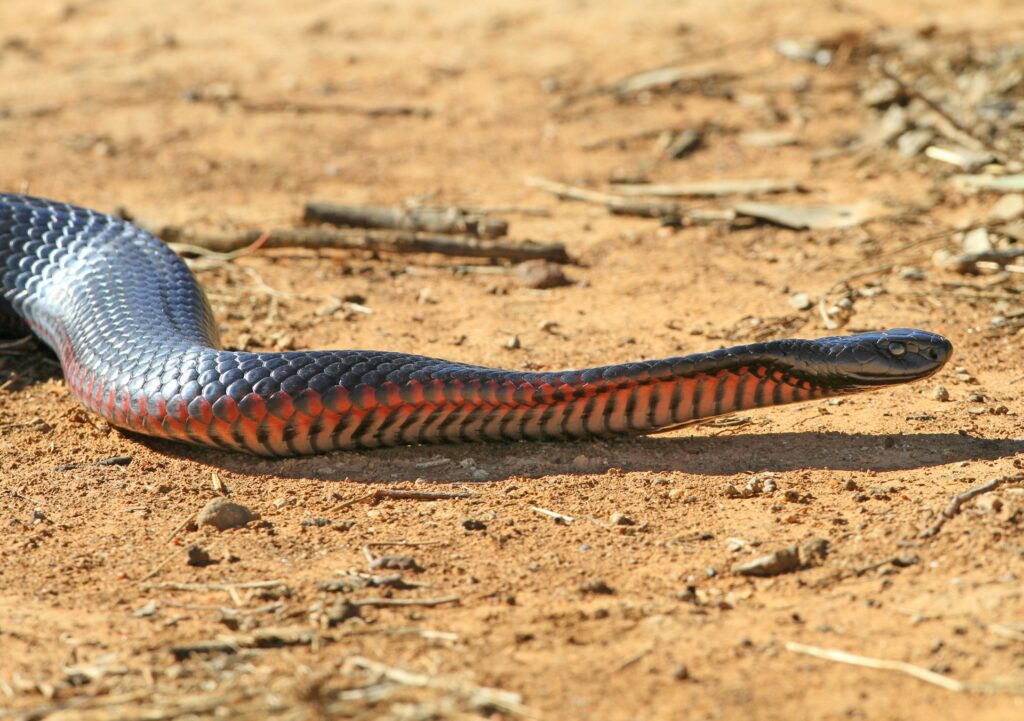
Understanding how snakes learn from hunting experiences has important implications for conservation efforts. Captive breeding programs for endangered snake species now recognize the importance of providing opportunities for young snakes to develop natural hunting behaviors through trial and error before reintroduction to the wild. Conservation areas designed to protect snake populations should include diverse microhabitats that allow for the learning and refinement of species-specific hunting strategies. Human development that fragments snake habitats may disrupt learned hunting patterns, potentially affecting survival rates more severely than previously thought. Rehabilitation centers working with injured wild snakes now often include “hunting practice” as part of recovery protocols, recognizing that hunting skills may deteriorate during convalescence and need reacquisition through learning. By acknowledging the cognitive aspects of snake predation, conservation approaches can better address the full spectrum of needs for these often misunderstood reptiles.
Future Research Directions

The field of snake cognition and learning remains ripe for further exploration, with several promising research avenues. Advanced tracking technologies, including miniaturized cameras and accelerometers, could provide unprecedented insights into how wild snakes modify their hunting behaviors after failures without human observation interference. Comparative studies across closely related snake species occupying different ecological niches might reveal how environmental pressures shape learning capabilities related to hunting. Non-invasive neuroimaging techniques adapted for reptile brains could help identify the specific neural circuits activated during learning from failed hunts. Citizen science projects involving pet snake owners could potentially gather large datasets on learning patterns in controlled environments that would be impossible to collect in laboratory settings alone. As our research methods become more sophisticated and our understanding of reptile cognition deepens, we may discover that snakes possess even more remarkable learning abilities than currently recognized.
Conclusion: The Adaptive Value of Learning
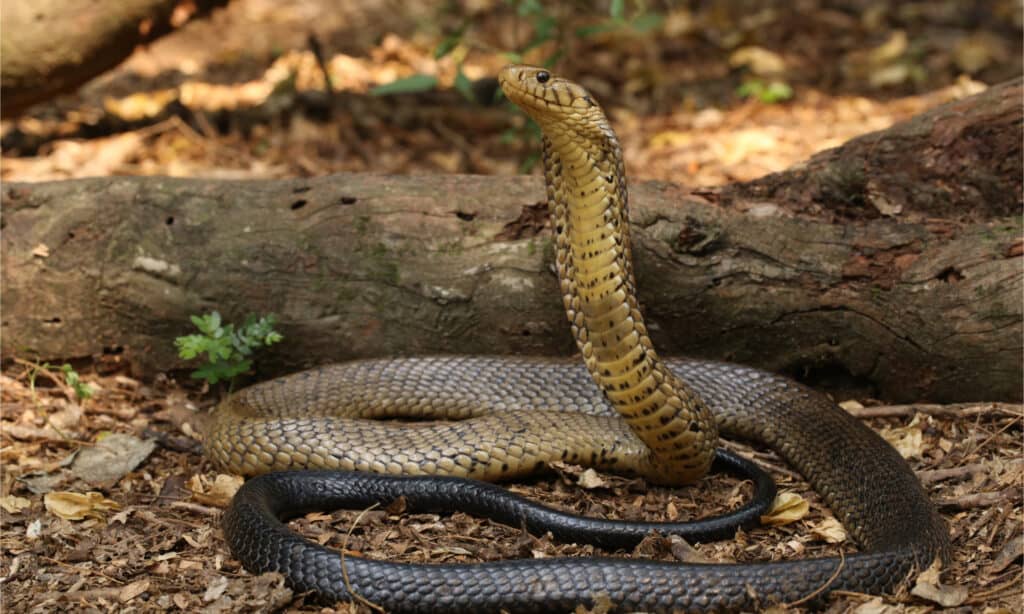
The evidence strongly suggests that snakes do indeed learn from failed hunts in the wild, though their learning mechanisms differ from those of mammals or birds. This ability to adapt hunting strategies based on experience represents a powerful survival advantage in environments where prey is scarce or difficult to capture. While not all snake species demonstrate equal learning capabilities, the widespread presence of these cognitive skills across different lineages points to their fundamental importance in snake evolution. Failed hunts, rather than being simply unsuccessful feeding attempts, serve as crucial learning opportunities that shape a snake’s future predatory success. As we continue to study these fascinating reptiles with increasingly sophisticated methods, we gain not only a better understanding of snake behavior but also deeper insights into the diverse ways that learning can evolve across the animal kingdom. The hunting snake, with its patient observation and lightning strikes, proves to be not just a formidable predator but also a surprisingly adaptable learner.





